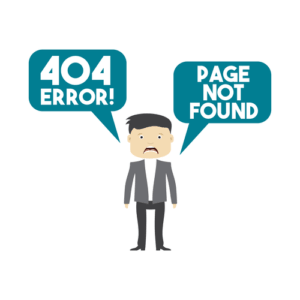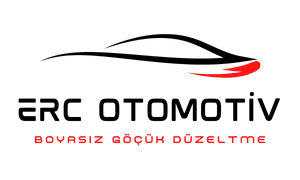Audit Assertions: Meaning, Key Types and Practical Examples

Occurrence – this means that the transactions recorded or disclosed actually happened and relate to the entity. For example, that a recorded sale represents goods which were ordered by valid customers and were despatched and invoiced in the period. An alternative way of putting this is that sales are genuine and are not overstated. IFRS developed ISA315, which includes categories and examples of assertions that may be used to test financial records.
- Auditors typically use techniques such as physical inspection and confirmation with third parties to validate this assertion.
- Assets and liabilities must be valued relatively, following proper accounting principles.
- Existence or occurrence assertions confirm that assets, liabilities, and transactions recorded have actually occurred and pertain to the entity at a given date.
- Inspection of tangible assets is the process of physical examination of the company’s tangible assets such as property, plant and equipment.
- Digital audits often employ data analytics to scrutinize large volumes of transactions quickly and efficiently.
What Are the Five Types of Audit Assertions? (The 5 Most Important)
For instance, in industries with high inventory turnover, the existence and valuation assertions might be particularly relevant due to the risk of obsolete or misstated inventory values. Conversely, in service-oriented businesses, the completeness and accuracy of revenue recognition could be more critical, given the complexities involved in recording service contracts and performance obligations. Management assertions in the audit are essential because they provide the basis upon which an auditor assesses the financial statements. These assertions help detect fraud and misstatement and help in transparency in financial reports. The completeness assertion in an audit ensures that all transactions, balances, audit assertions definition and disclosures are comprehensive. When an auditor examines financial statements under the PCAOB audit standards, there is no guesswork involved.

Understanding Audit Assertions in Financial Audits
Auditors employ a variety of techniques to gather sufficient and appropriate evidence to support or refute management’s claims. One common method is substantive testing, which involves detailed examination of financial transactions and balances. This can include vouching, where auditors trace transactions from the financial statements back to https://sastherjhuli.com/bookkeeping-services-in-manchester/ the original source documents, ensuring that each entry is supported by valid evidence.
Existence
These assertions include matters pertaining to the classification of accounts, as well as ones pertaining to assets, liabilities, and equity at the end of the given period. Therefore, it can be seen that when management prepares financial statements, they make five assertions regarding each line in the financial statements. Transactions and events disclosed in the financial statements have occurred and relate to the entity. All transactions that were supposed to be recorded have been recognized in the financial statements. Transactions have been appropriately presented within the financial statements and accompanying disclosures. This assertion confirms that the transactions, balances, events, and other similar financial matters have been correctly disclosed at their appropriate amounts.
Interpretation of assertions and appropriate audit procedures
- The completeness assertion in auditing tests that all transactions and activities that should be recorded are reflected in the financial statements.
- All financial information, including amounts, transactions, and disclosures, must be recorded at the correct amounts, using the proper calculations and estimations, without error or misstatement.
- These audits leverage advanced tools and techniques to assess the accuracy and reliability of financial statements in a digital environment.
- Techniques such as regression analysis, clustering, and outlier detection enable auditors to focus on high-risk areas with greater precision.
- Auditors employ a variety of techniques to gather sufficient and appropriate evidence to support or refute management’s claims.
- Substantive procedures involve direct examination of transactions, account balances, and supporting documentation.
This assertion confirms the company has all usage rights to recognized assets. For liabilities, it is an assertion that all liabilities listed on a financial statement belong to the company and not a third party. To test the authenticity of this assertion, individuals can review legal documents, such as deeds and borrowing agreements for loans and other debts. This is because of the need to ensure that related disclosures are relevant and understandable in the context of the requirements of the applicable financial reporting framework that is in context. In the same manner, the assertion about classification is about the transactions and events, and their proper classification into the Travel Agency Accounting relevant accounts.

Prop. regs. would modify reporting obligations for Form 8308, Part IV

When the allowance for uncollectibles is $234,100, the entity asserts that the amount is properly valued. And when payables are shown at $58,980, the company asserts that the liability is complete. The Financial Accounting Standards Board requires publicly traded companies to complete financial statements. When statements are prepared, five assertions attest to the authenticity of information on balance sheets, income statements, and cash flow statements.

Cevapla
Want to join the discussion?Feel free to contribute!